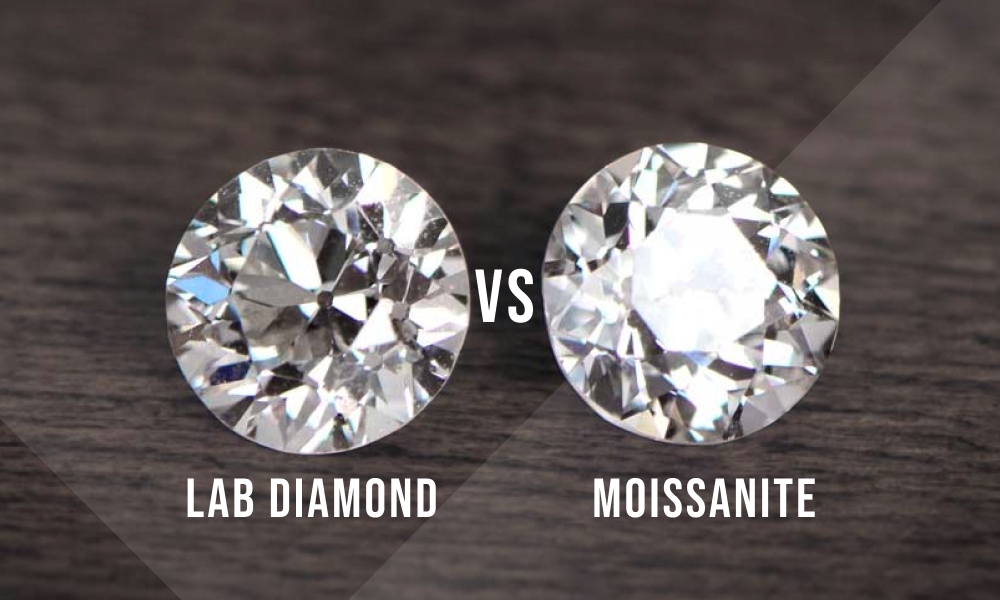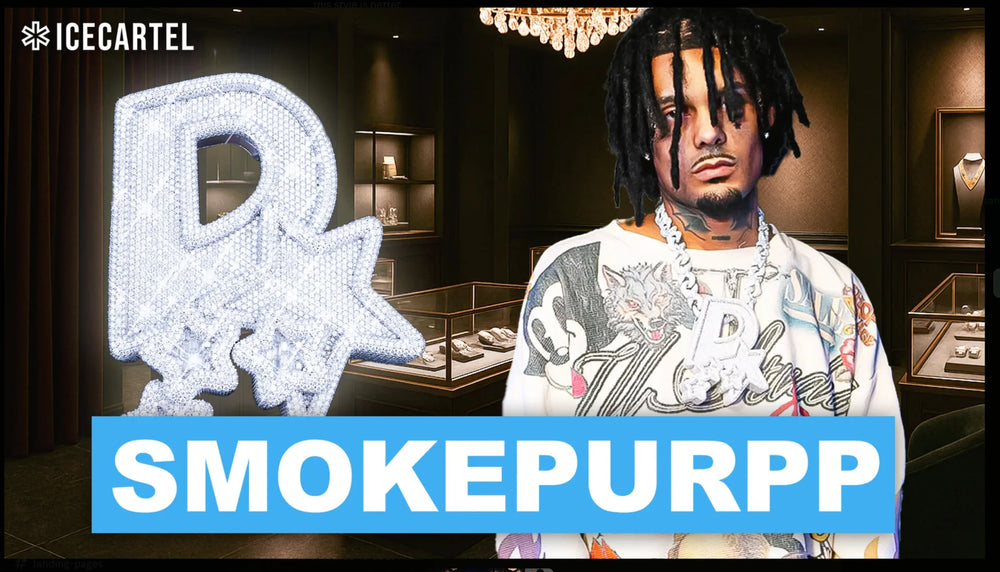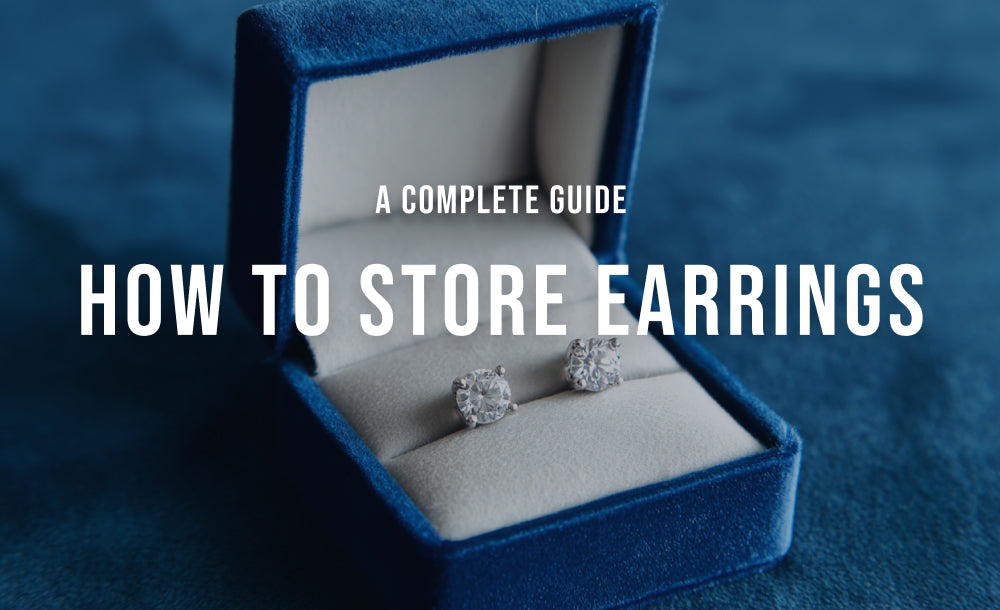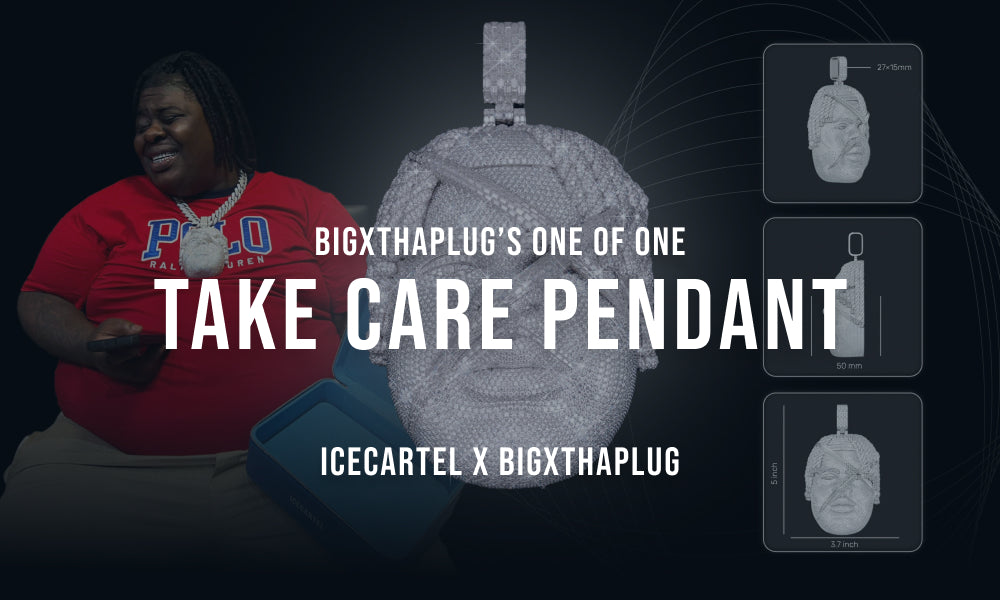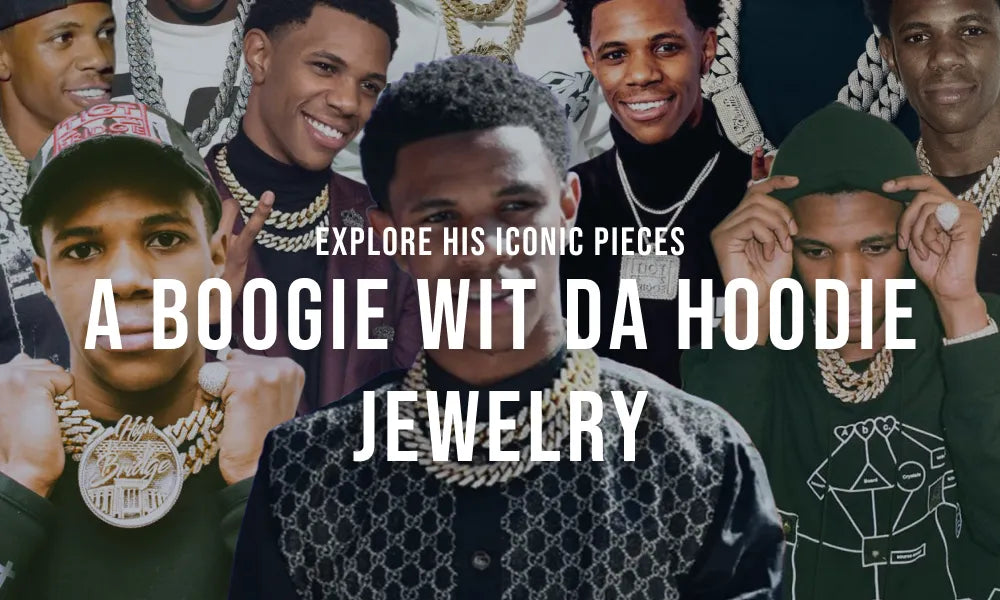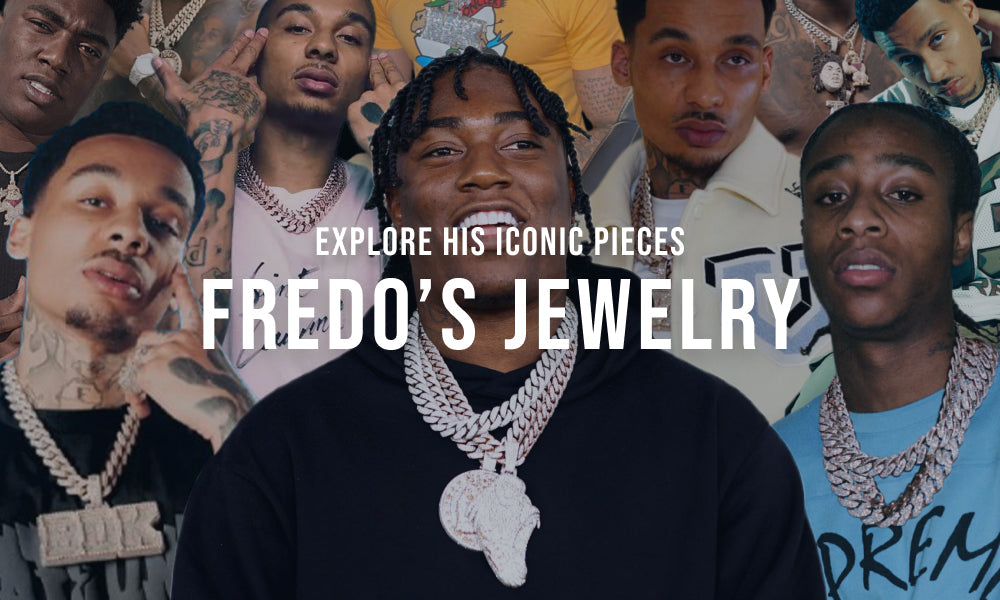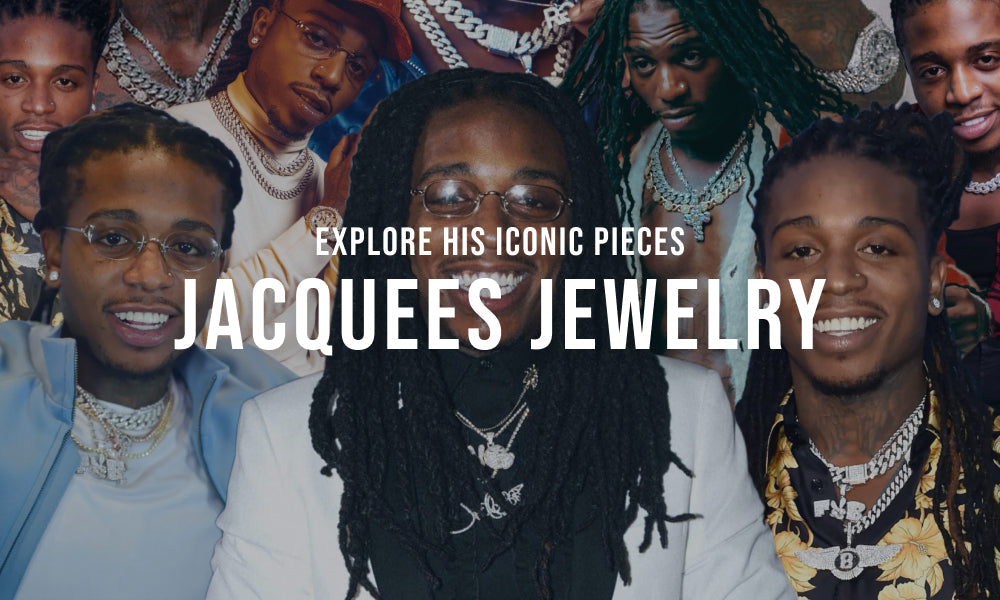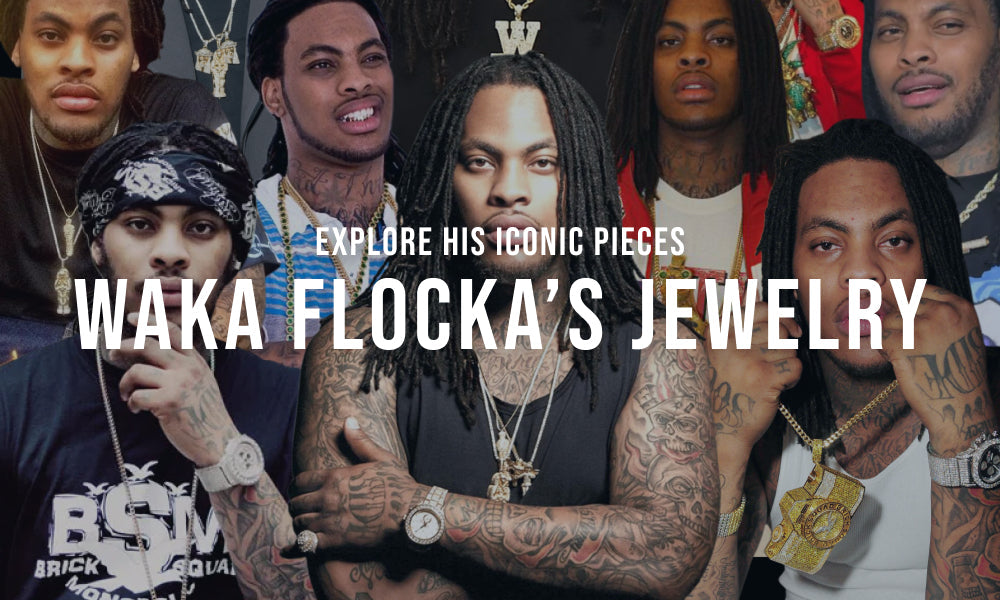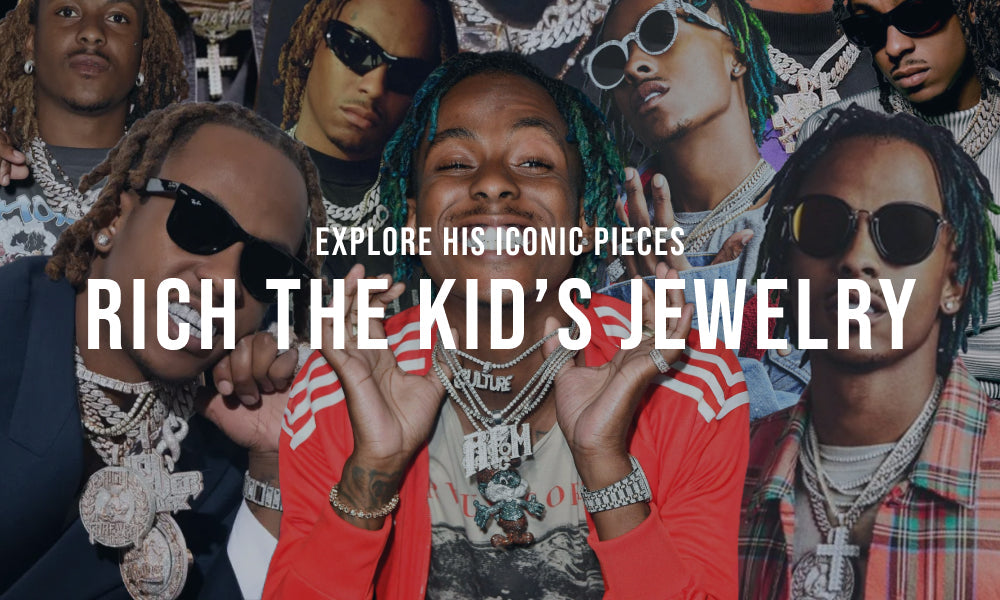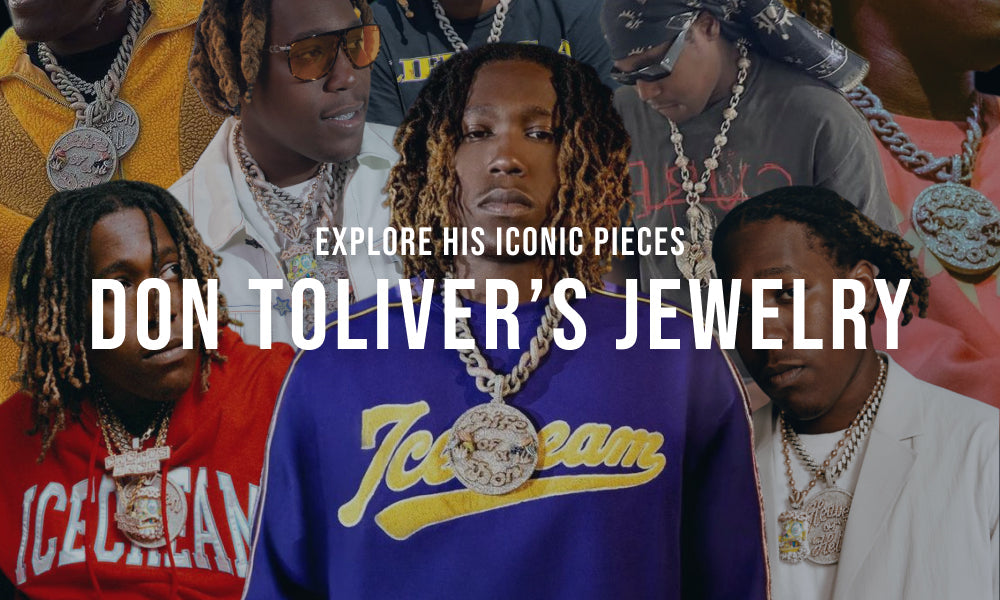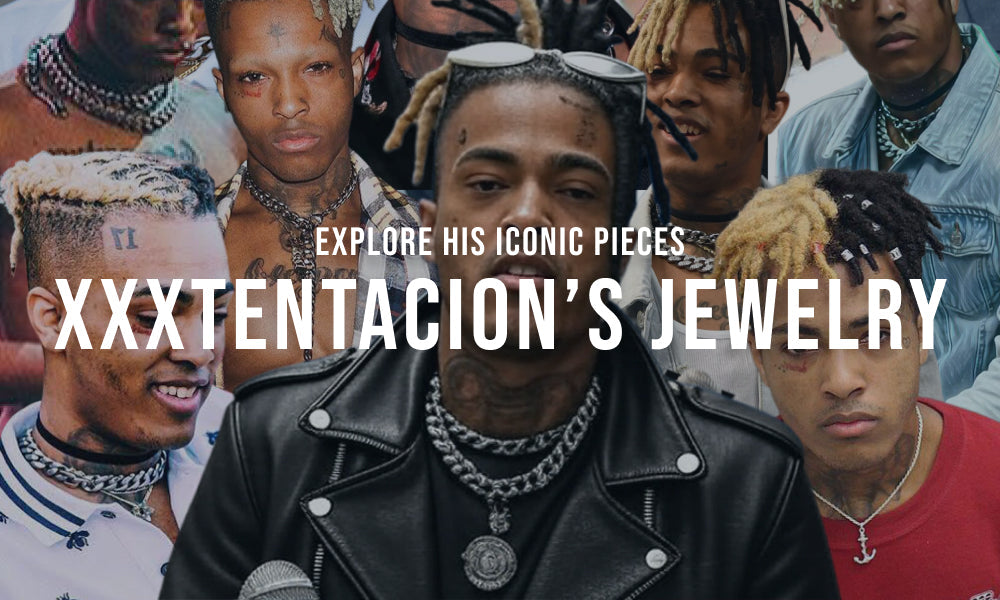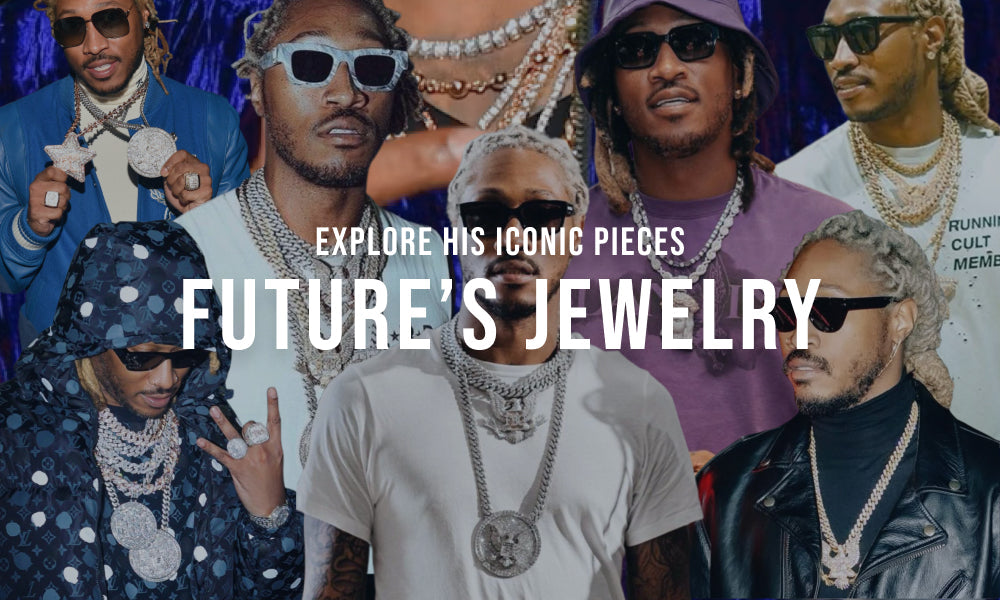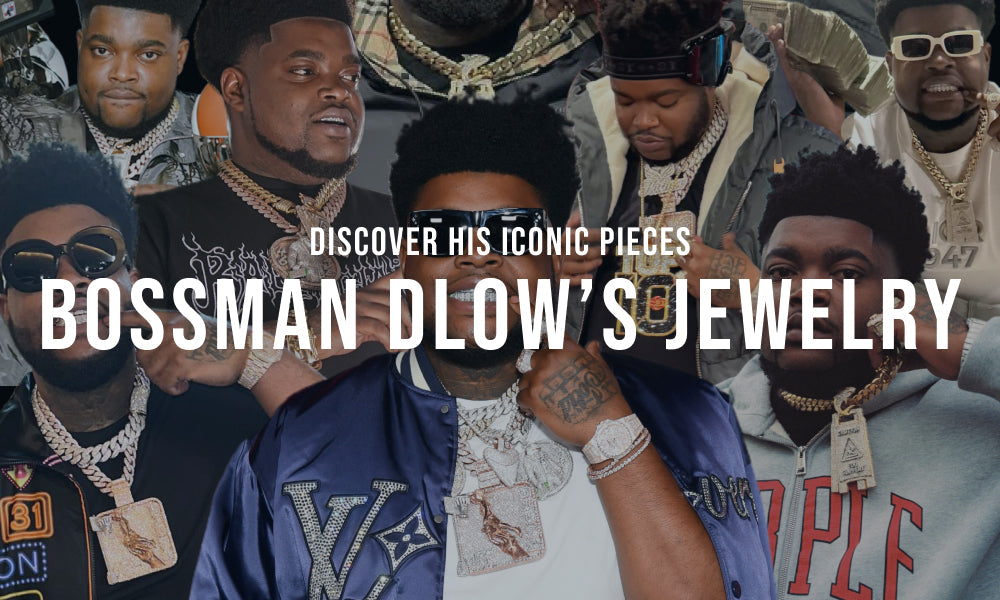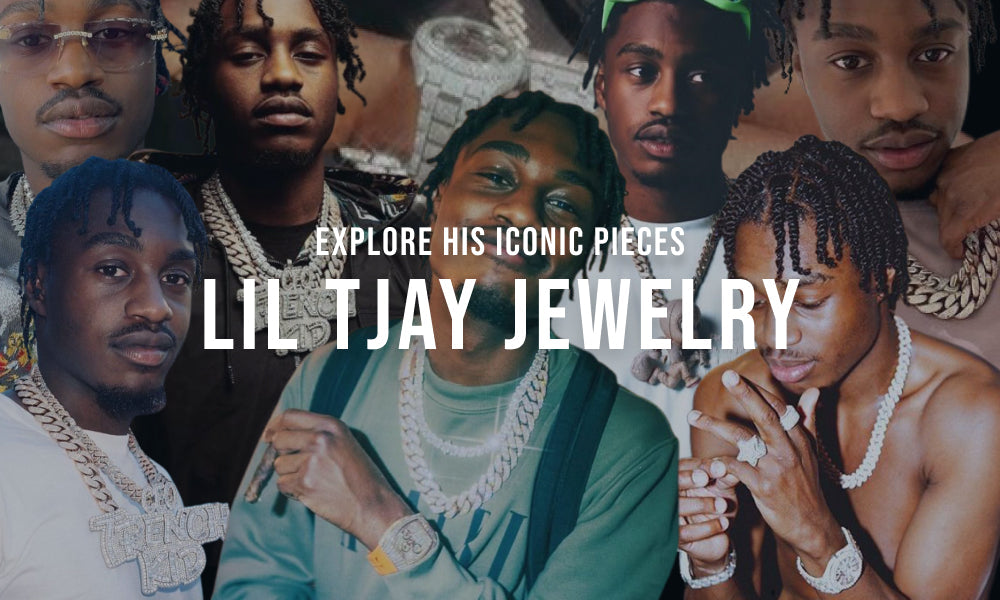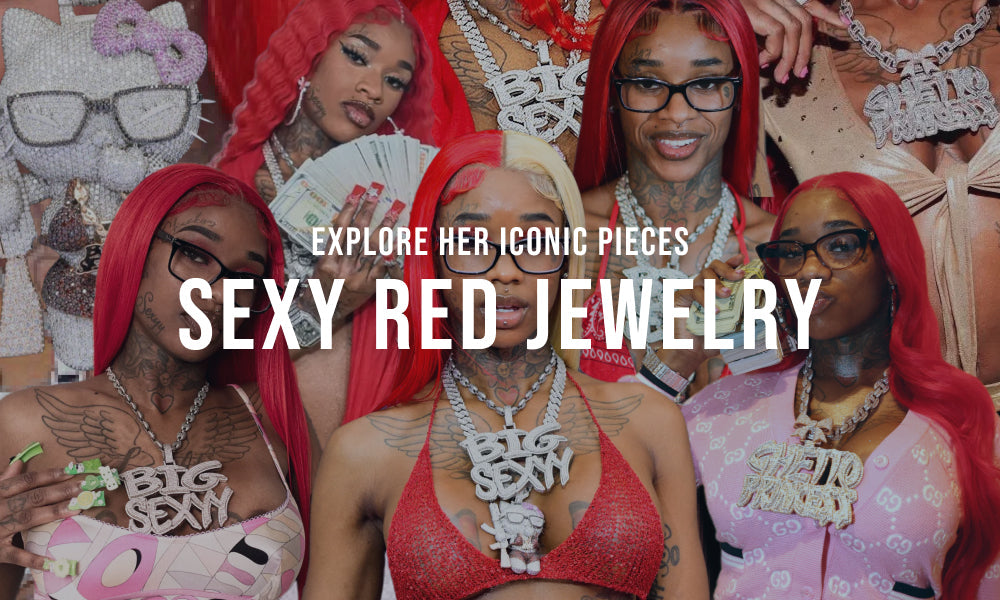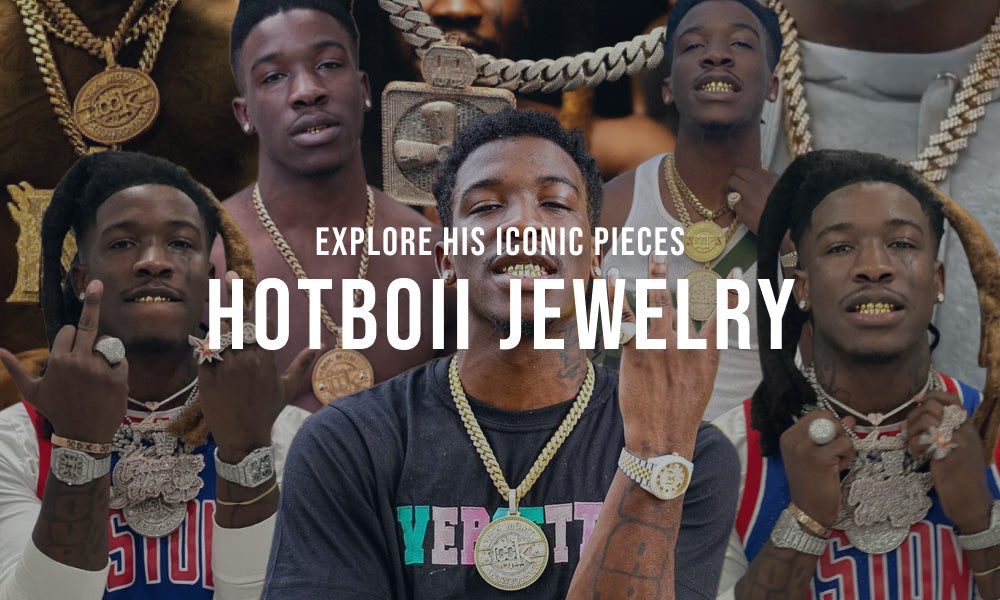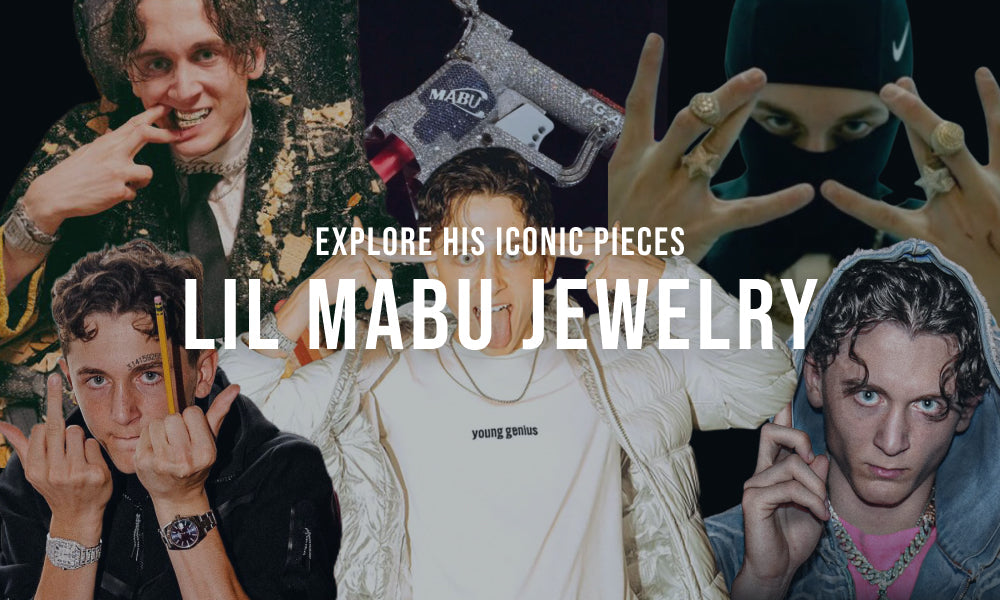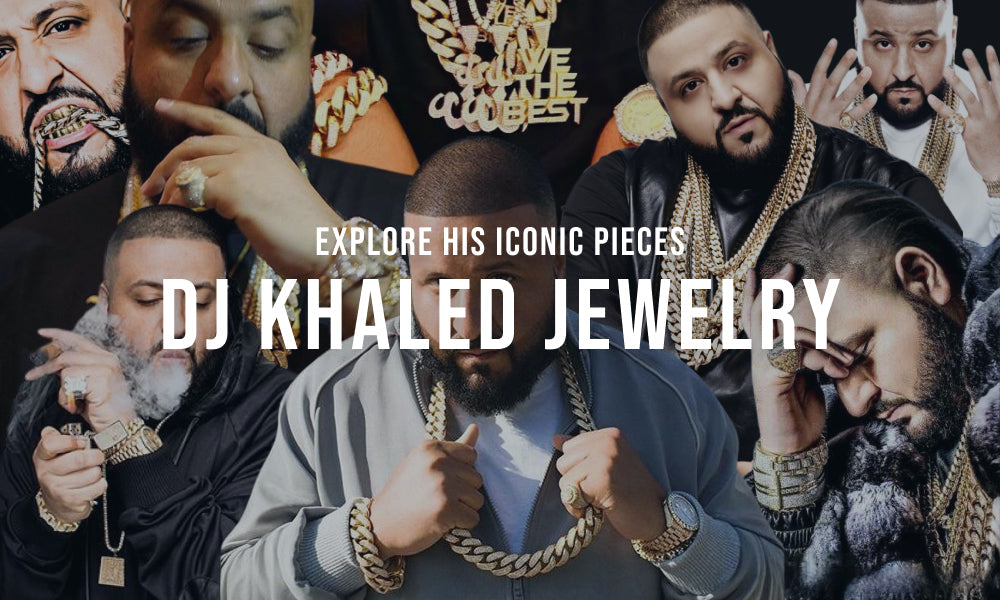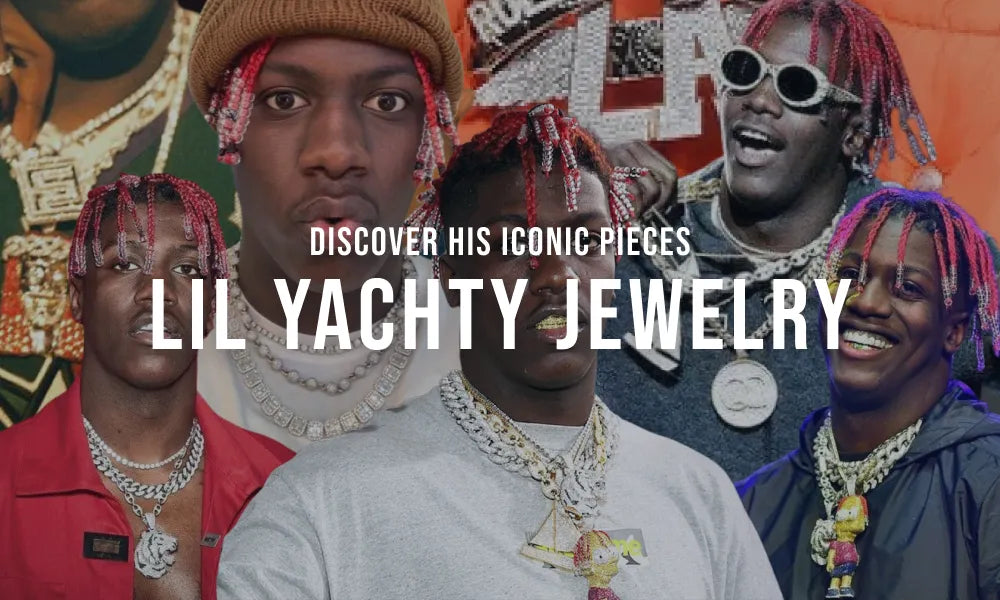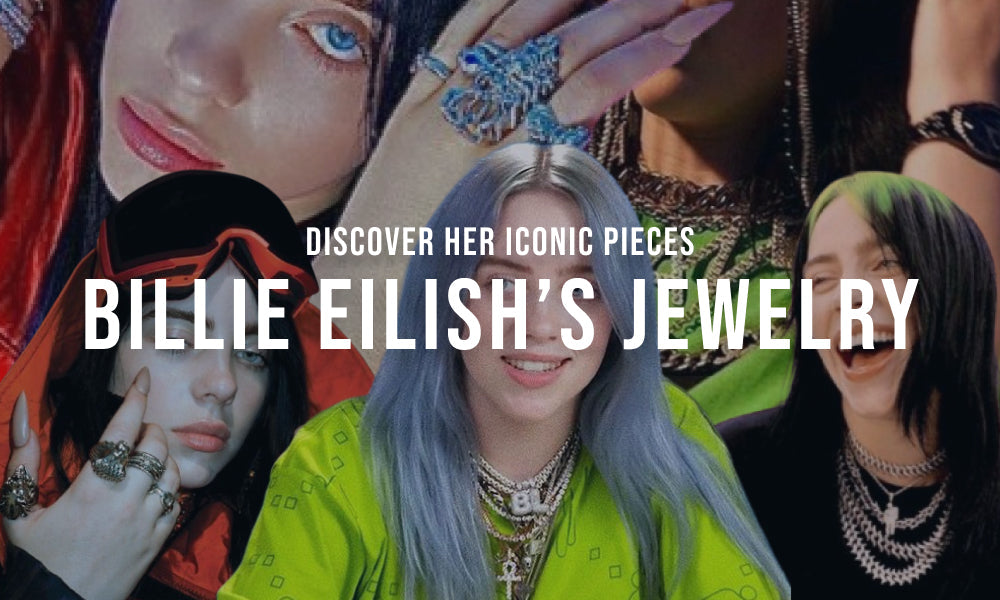Are you seeking a more sustainable option than earth-mined diamonds? There are many diamond simulants on the market, both natural and synthetic. These diamond simulants have optical and chemical properties making them distinctive--which one should you choose?
This blog post will explore VVS moissanite. What is VVS moissanite? This high-quality lab-grown diamond alternative displays incredible fire and brilliance, perfect for those who love all the glamor of diamonds–but with unique attributes and undeniable luxury. Purchasing your next moissanite ring will be a more rewarding experience with easy to remember knowledge.
What is VVS Moissanite?
Diamonds and moissanite are graded according to the 4Cs. The 4Cs is a grading scale developed by the Gemological Institute of America (GIA) by Robert M Shipley, who founded GIA in the 1940s and coined the term the 4Cs. The 4Cs was a simplistic and understandable way of determining the quality of diamonds incorporating various scientific methods.
The 4Cs include cut, color, clarity, and carat. These four factors aid in helping the consumer understand what they are purchasing in a universal language.
Here is a brief breakdown of the 4Cs:
Cut
Cut is considered the most important of the 4Cs. Cut is the overall symmetry of the stone–cut is not the same as the shape of the stone. The shape refers to round brilliant, marquise, pear, trillion, princess, baguette, etc.
How well the stone is cut reflects the beauty of the diamond/stone. A poorly cut stone will leave it looking dull, cause it to sparkle less, and appear less appealing with asymmetrical sides and a heavy girdle. An “Ideal Cut” stone will enhance the stone’s beauty, reflecting the light from its facets with show-stopping brilliance. Please check out our other blog, Best Cuts for Moissanite.
Color
Color refers to the absence of color of a diamond. The same applies to moissanite because it is graded using the 4Cs scale. The GIA Color Grading Scale uses a spectrum from D-Z. D is colorless with Z showing traces of noticeable color.
This color grading scale isn’t used when evaluating fancy color diamonds. Fancy color diamonds are evaluated using different terms and should not be applied to the D-Z scale, which is for colorless diamonds.
Clarity
This article will be discussing clarity. The clarity refers to external and internal characteristics of the diamond/moissanite. External characteristics refer to the blemishes of the stone. Internal characteristics refer to the inclusions. Sometimes internal inclusions may break the surface of the stone.
The table below explains different types of diamonds and their clarity levels:
| Grades |
Clarity Levels |
| F |
Flawless |
| IF | Internally Flawless |
| VVS | Very Very Slightly Included |
| VS | Very Slightly Included |
| SI | Slightly Included |
| I | Included |
| VI | Very Included |
The grade of the stone impacts the price and value of the stone. F and IF are more rare than VVS and below, making them more expensive and rare.
Diamonds develop in the earth’s mantle under high pressure and extreme heat, causing impurities to form as a result of this extreme process. These impurities reflect the clarity of the diamond.
Carat
Diamond carat weight measures the diamond’s apparent size. Weight is measured in carat and points, with smaller weights less than a carat marked with points (example, 0.20ct). Carat weight greater than one carat is depicted in points and decimals, example 1.23ctw.
What is Moissanite?

Moissanite typically refers to synthetic moissanite, or the man-made counterpart of natural moissanite, which is a very rare and expensive stone.
Dr. Henri Moissan discovered natural moissanite in 1893 in Arizona. Natural moissanite is found in certain types of rocks, including kimberlites, lamproites, and meteorites.
Man-made moissanite production started in the 1990s with Charles & Colvard, a gemstone manufacturer/jewelry company, the original creator of lab-grown moissanite. Synthetic moissanite mimics the incredible and unique brilliance of natural moissanite at a fraction of the price.
Composition
Moissanite is composed of silicon carbide (SiC), with a carbon atom surrounded by four silicon atoms in a tetrahedral form.
Characteristics of VVS Moissanite
There are several characteristics to contemplate with VVS clarity moissanite. Here is a list of some:
Clarity
VVS moissanite (Very Very Slightly Included) grade moissanite has very few inclusions, only visible under 10X magnification. The inclusions are not visible to the naked eye and will not detract from the overall brilliance of the stone.
Brilliance
Moissanite is the world’s most brilliant gemstone, showing incredible sparkle and fire–even more than a diamond. Moissanite has a high refractive index of 2.65 to 2.69 with an adamantine to metallic luster, displaying a rainbow "disco ball" effect.
Moissanite also displays highly dispersive double refractivity (fire). This phenomenon can be seen with the facet junctions doubling next to each other, easily visible under magnification. For more information, please see our blog, 10 Moissanite Problems.
Color
Moissanite is most often colorless, but can be made in fancy colors. Moissanite is known to have a gray, blue, or yellow tinge--however, with VVS clarity, this beautiful sparkle and fire moissanite exhibits detracts from any slight underlying color the stone may contain.
How is VVS Moissanite Becoming More Popular as a Diamond Alternative?
VVS clarity moissanite is a very desirable choice for a diamond alternative. VVS clarity moissanite exhibits exceptional clarity along with moissanite’s many other positive attributes, making it a high-quality option.
Benefits of Owning VVS Moissanite
There are several benefits for owning VVS moissanite. Here are some:

Eco-friendly
Moissanite is a high-quality alternative to natural diamonds. Moissanite is eco-friendly and does not disrupt the environment through the strenuous work supply commonly associated with mining diamonds and other natural stones.
More Affordable
VVS moissanite is less expensive than natural diamonds and other precious gemstones, making it an enticing choice for those looking for a beautiful and affordable alternative.
Long Lasting
Moissanite is not a “cheap” low quality substitute for a diamond, rather it's a long-lasting, high quality alternative.
How Does VVS Moissanite Compare to Diamonds?

Here is a brief comparison of the properties of VVS moissanite vs. diamonds:
Hardness
Moisanite rates 9.25 on the Mohs hardness scale. The Mohs hardness scale is a way to test a mineral’s “scratch resistance” tendencies using a 1-10 scale. Diamond is famous for its hardness, rating a 10. Talc is a 1. This makes moissanite incredibly durable and hard, perfect for wearing as an engagement or men’s statement rings.
Diamond is famous for its hardness and durability rating a 10 on the Mohs scale of hardness. Talc is a 1. This makes moissanite incredibly durable and hard, perfect for wearing as an engagement ring.
Brilliance
Diamonds are famous for their fire and brilliance, with their icy-white beauty as they reflect the light off of the facets. Diamond has a refractive index of 2.417.
As mentioned above, moissanite has a high refractive index of 2.65 to 2.69, with noticeable double refractivity and an adamantine luster. This makes moissanite more brilliant than a diamond.
Color
Both diamonds and moissanite are graded using the 4Cs, according to the GIA Color Grading Scale. Moissanite is typically colorless unless it is created using a process producing fancy colors. Moissanite with the same color grade as a diamond with similar quality factors will be considerably less priced.
Clarity
Diamonds and moissanite are grading using the GIA Clarity Grading Scale, from F-I3.
Carat
Diamonds and moissanite are evaluated with carat size using points and carats with decimals.
Key Reasons to Buy VVS Moissanite Over a Diamond
There are several reasons you should purchase a VVS moissanite over a VVS diamond. Here are a few to consider:
Affordability
Moissanite is an affordable alternative to natural diamond, considerably less expensive than a diamond with the same quality characteristics.
Ethical and Environmental Considerations
Moissanite is created in a laboratory with no mining involved in the creation. Mining may have negative environmental impacts such as deforestation, water pollution, and destruction.
Conflict-free
Moissanite is conflict-free, unlike natural diamonds which are commonly associated with harsh work environments and mistreatment of laborers.
Durability
Diamonds are known to be the hardest mineral on earth. However, moissanite is also hard. Although not as hard as a diamond, moissanite will last a lifetime of wear and enjoyment.
Beauty
Both VVS diamond and VVS moissanite are uniquely beautiful. If you love a glamorous brilliance, moissanite is the perfect choice; moissanite displays a striking rainbow effect. Diamond has a classic elegance with an icy-white sparkle.
How to Care for VVS Moissanite?

Here are some simple tips on caring and maintenance for your moissanite jewelry:
Cleaning
Jewelry accumulates dirt, oil, bacteria, and other debris, affecting the appearance and causing them to lose beauty.
Using the at-home method every 2-3 weeks with warm soapy water and a soft brush will remove this residue.
Safe-keeping
Avoid harsh chemicals, household cleaners, and abrasive materials: Harsh chemicals (bleach or other cleaning agents) may damage VVS moissanite.
Removing moissanite rings, moissanite bracelets, or moissanite pendants before swimming in a chlorinated pool, using household cleaners, scouring pads, etc., will keep it safe.
Storage
Store moissanite in a dry, cool place, separating it from other jewelry. Placing your jewelry in jewelry boxes and bags and then a drawer will prevent loss or misplacement.
Preventive Care
Removing your jewelry before any strenuous activities and leaving it at home is the best option.
Professional Cleaning, Maintenance, and Repair
If your moissanite becomes dull, damaged, or broken, taking it to a professional jeweler for cleaning or repair will help restore its sparkle.
Conclusion
Moissanite is graded using the 4Cs, a scale developed by the Gemological Institute of America GIA), a transparent and easy way of evaluating the quality of diamonds. The four Cs include cut, color, clarity, and carat.
Clarity is graded using a scale from F-I3. VVS moissanite is Very Very Slightly Included with no eye-visible blemishes, containing imperfections only seen under 10X magnification.
VVS moissanite is affordably priced compared to VVS diamonds of the same quality and carat.
VVS moissanite is a high-quality, sustainable, and eco-friendly alternative to natural diamonds.
VVS moissanite is easy to care for and maintain; at-home warm soapy water method and taking it to a professional for maintenance is recommended.
Removing moissanite jewelry before working out, house cleaning, and swimming will prevent damage and loss.

























